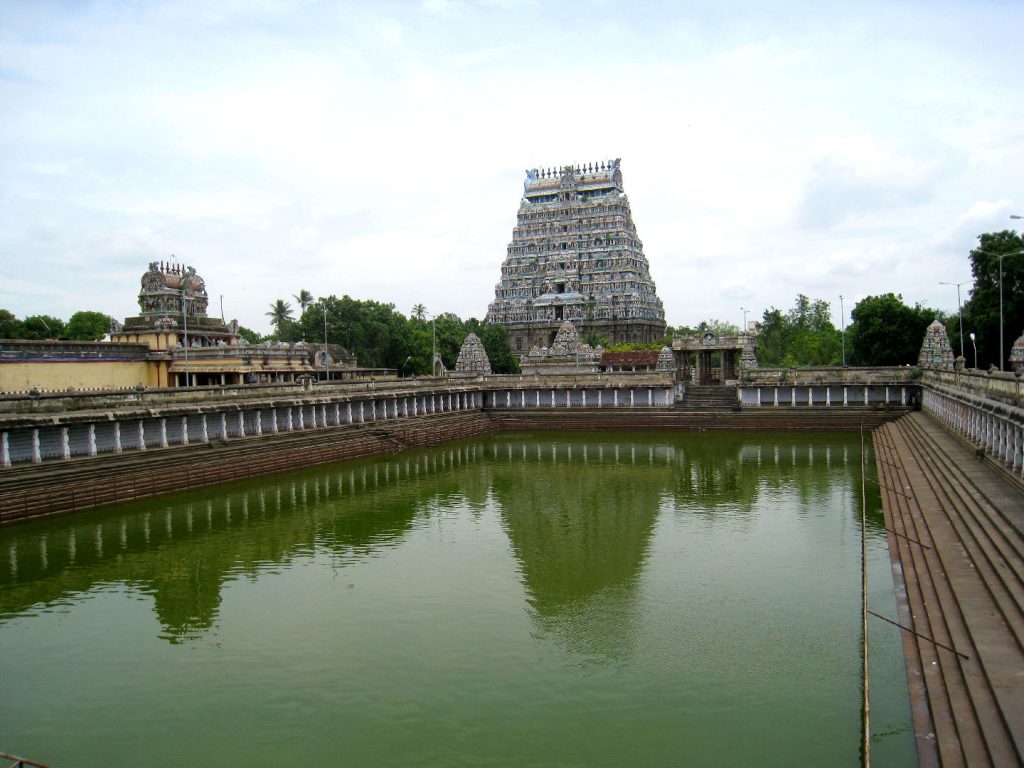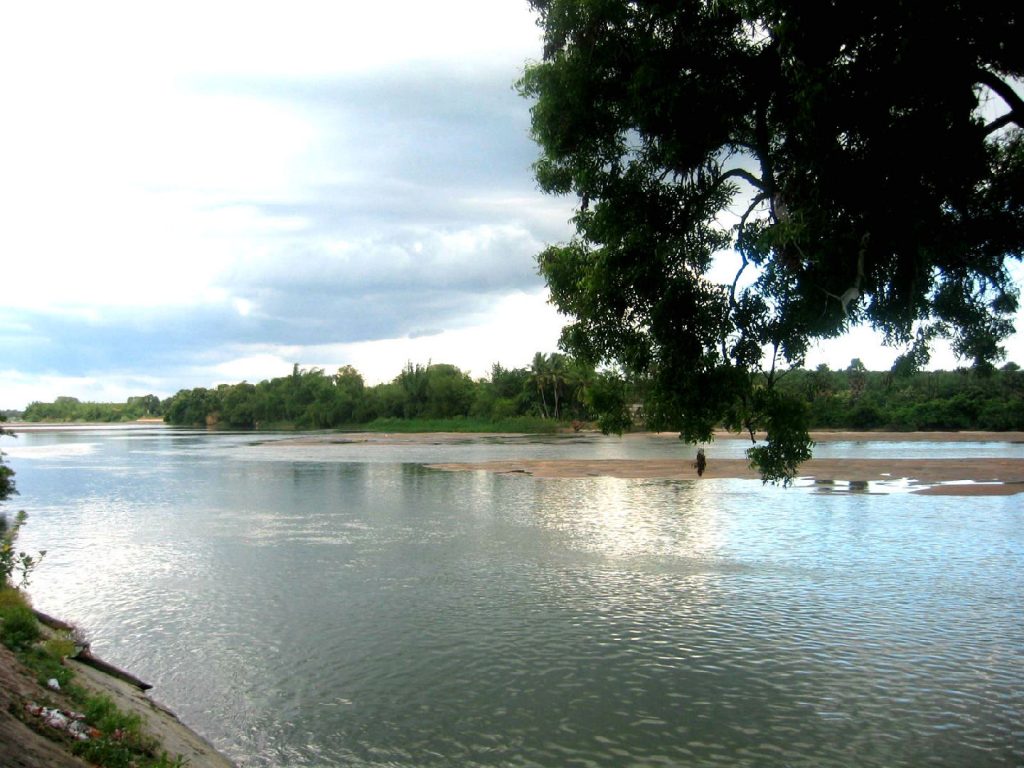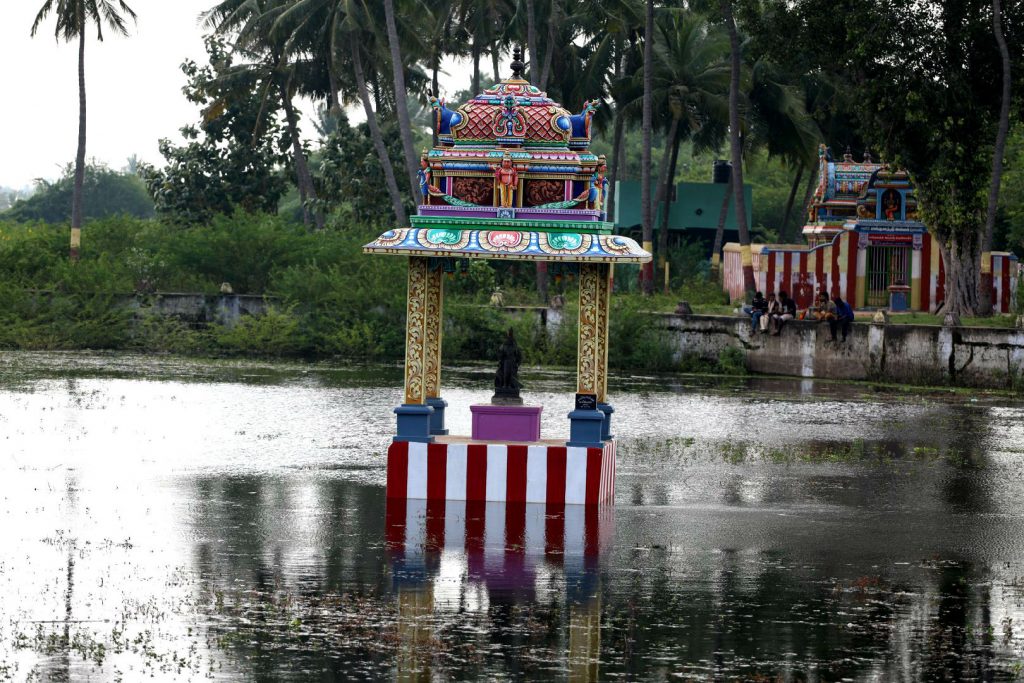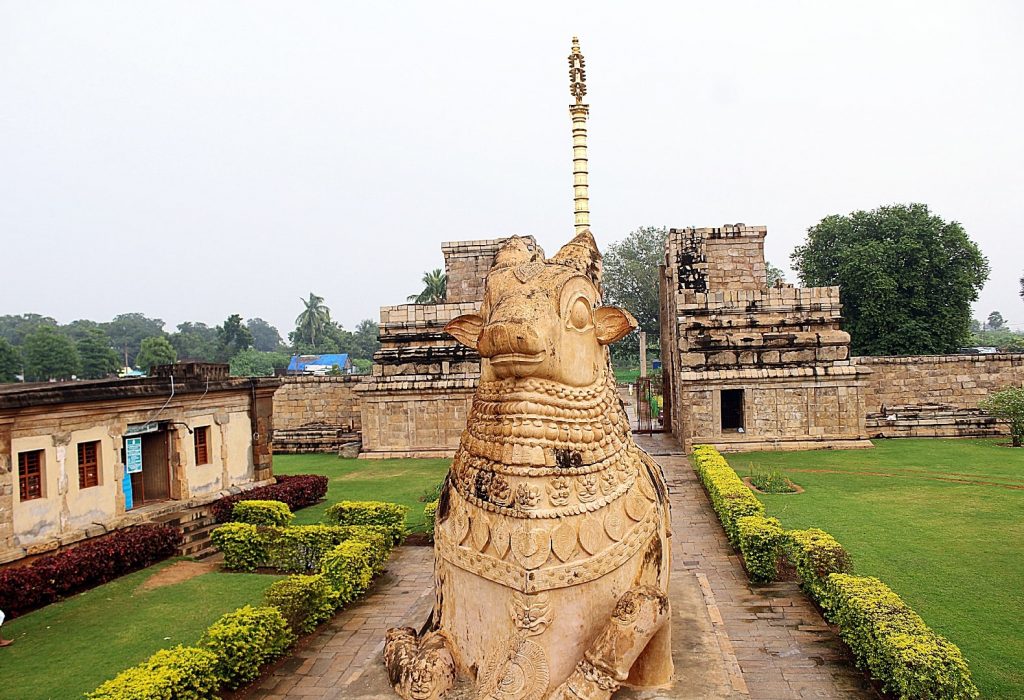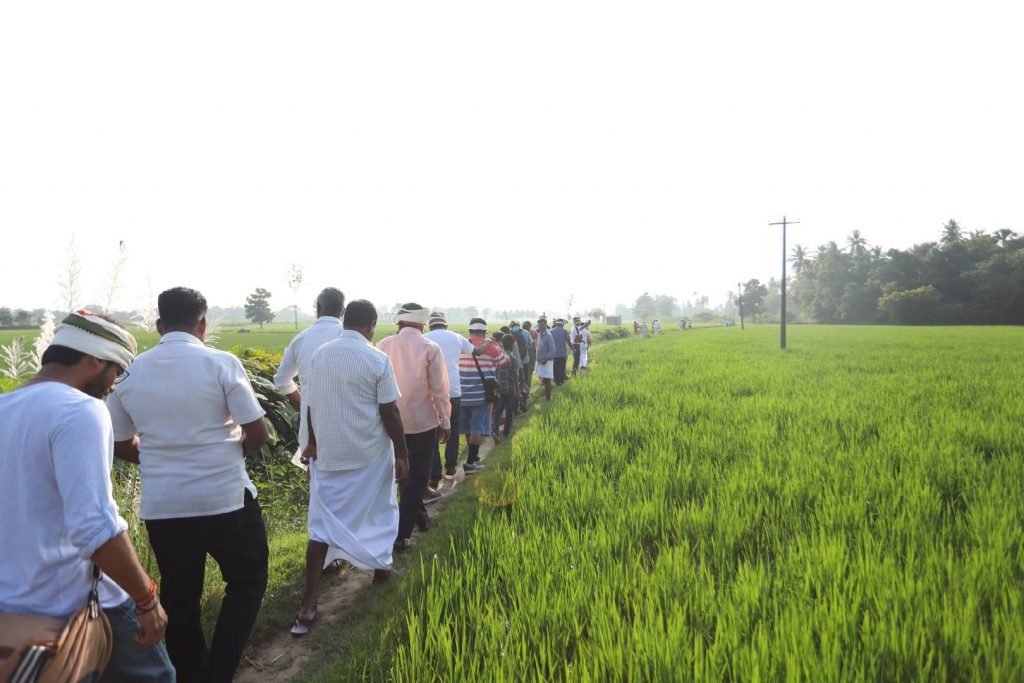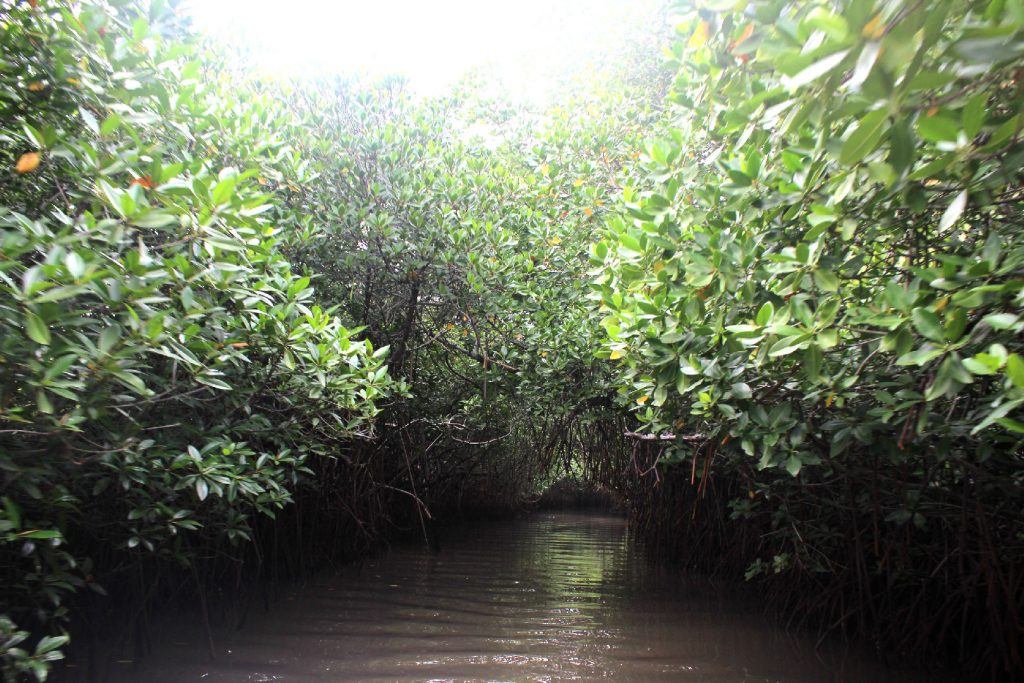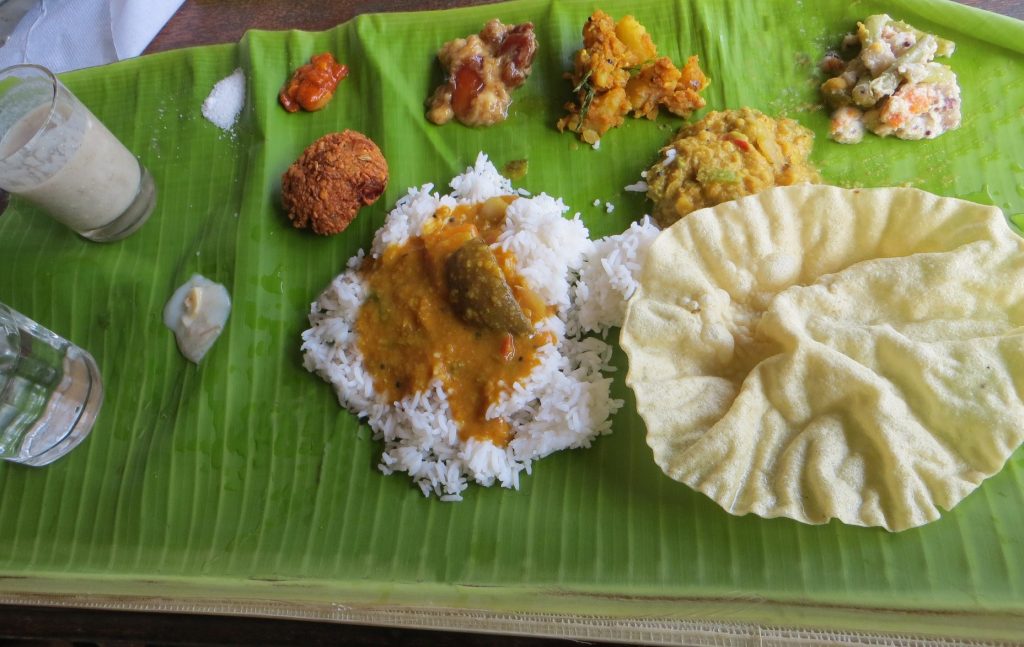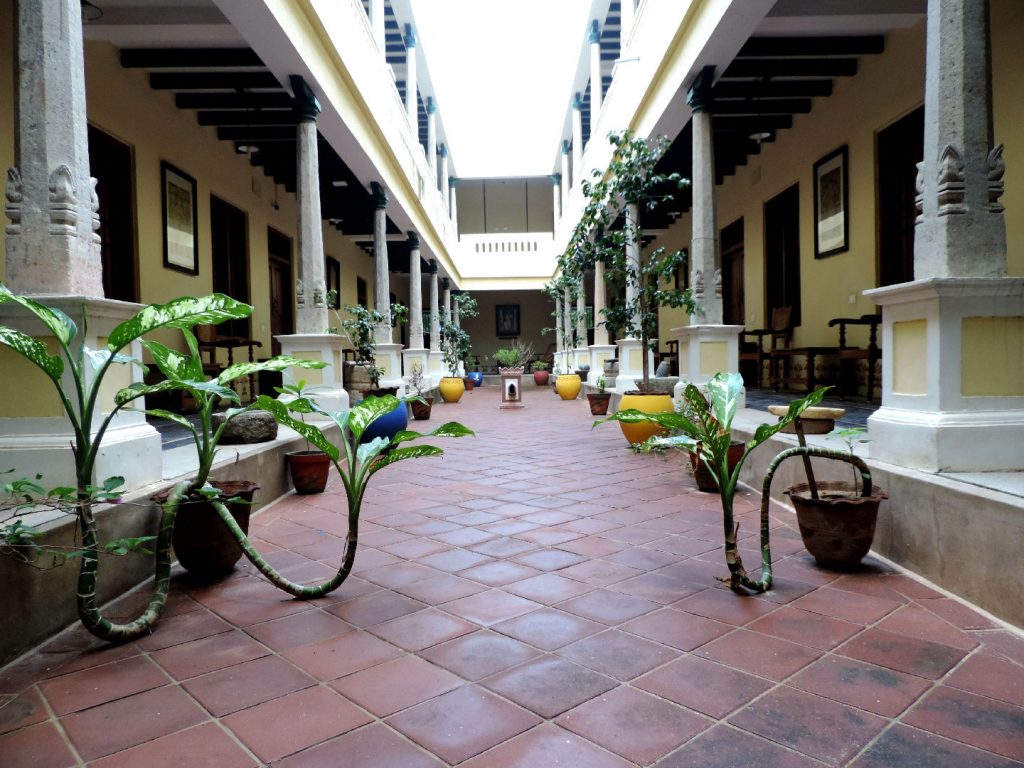Incredible Cholas
A premium heritage holiday – exclusively curated and customized for small groups
About 1300 years ago, a great dynasty rose like a radiant Sun and shone over the southern shores of India. It was no less than the magnificent Maurayan or the golden Gupta dynasties. This Chola dynasty, having central power in the River Kaveri delta in Tamil country, lasted longer than any other because of the wise and benevolent monarchs it inherited successively. Apart from times of war, peace reigned and the region prospered giving opportunity for arts, architecture and trade to thrive. The monarchs were also great patrons of art and the refinement they brought to cultural artefacts have stood the test of time as well as stand testimony to their artistry, sophistication and aesthetics. The administration itself was done as an art taking into consideration the aspiration of every region under their dominion and every class of people who were the subjects.
Visiting the Chola area is a form of pilgrimage, not because of the visits to a number of temples, because the very experience is awe-inspiring and close to being spiritual. Every place and temple has a story to tell of those great kings and queens. Their history has been well etched on the walls of the temples, which is a unique feature of the Chola’s sense of history. The amazing aspects of Chola rule, be they central and local governance, social mores, arts, architecture, education, food, occupation, trade or war strategies, have all been documented on the walls of the temples, which were the centres for governing, education, and social gathering.
Some of the places included in this expedition were prominent places under the Cholas and have abundant information about the life and times of Cholas.
Experience Cholas as you have never experienced in history books
The Nataraja Temple at Chidambaram
The patron deity of the Cholas . The Kings were crowned at this temple as they started their rule.
Thiruvaiyaru
a city near 5 rivers, distributaries of Kaveri, and a bustling trading town in the Chola era. The ancient temple for Aiyarappar (Dhakshin Kasi) has found mention from the time of King Karikalan, about 2 CE, and was renovated by the Queen Lokamadevi, Emperor Rajarjan’s wife. Inscriptions on the walls of the temple cover many eras up to 14th Century.
Pazhayarai
a very ancient city that housed the residential palace of the Chola Kings even when they were ruling from Thanjavur, their official capital. The Shiva temple at Pazhayarai is built on a platform in the form of a chariot.
Gangaikondacholapuram
The later capital of the Cholas. Emperor Rajendran, son of Emperor Rajarajan , built this place and also a temple almost identical to Big Temple at Thanjavur, to commemorate his victory over the northern kingdoms up to river Ganges.
Thirupurambium
A terrible war happened in this place, and you will be standing on the very soil it was fought on, the victory in which kick-started the powerful and great medieval Chola Dynasty.
Darasuram
This most beautiful archaeological icon of a temple built by the first of the later Cholas, King Kulothunga, rivals the artistry and architecture of the bigger temples built by his forefathers.
Thanjavur
The renowned capital of the Cholas till 11th century. Emperor Rajaraja built the Big Temple, variously called Rajarajiswaram, Peruvudaiyar Kovil, Brihadeeswara Temple, in his sunset years and devoted the last years of his life entirely towards building of this temple. The temple is filled with inscriptions on all aspects of Chola rule including the names of the artists and artisans involved in building it.
Thanajavur was revived as Capital later by the Naik kings of the Vijayanagar Empire and later still by the Maratha Kings. The Maratha Kings were also great patrons of art and made Thajavur the art capital of the South. The Maratha Palace is the only palace of any royalty that is remaining in Chola country. The Darbar Hall and the art museum hold within them invaluable pieces of art and artefacts.
A boat trip through the mangrove forests, a glance at the Veeranarayana Lake which was dug more than 1000 years back with its 74 sluices still working are additional adventures of the expedition.
Traditional Food and Stay
rejuvenating herbal drinks, walk through fields and village visits to traditional welcome – you will have it all.



